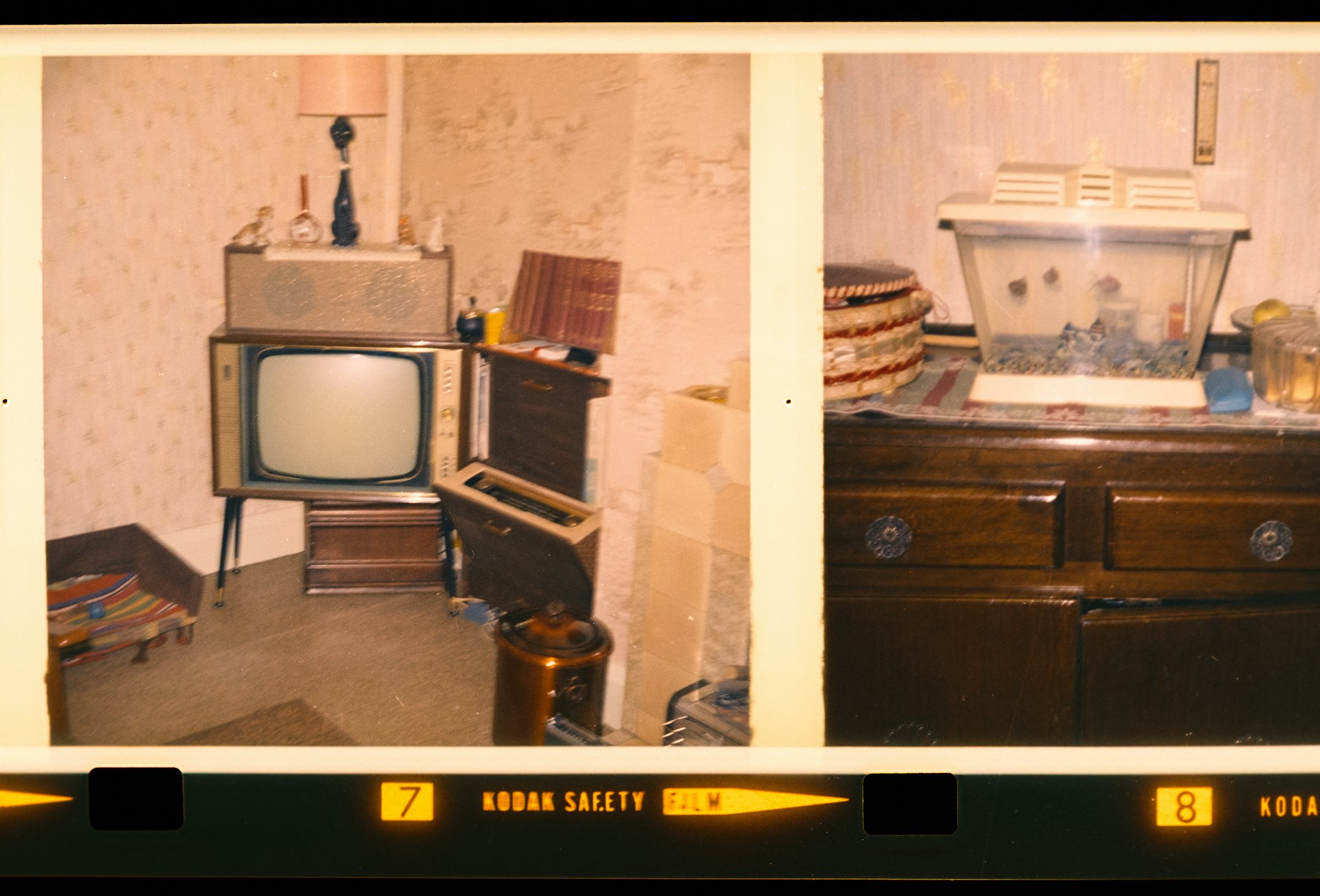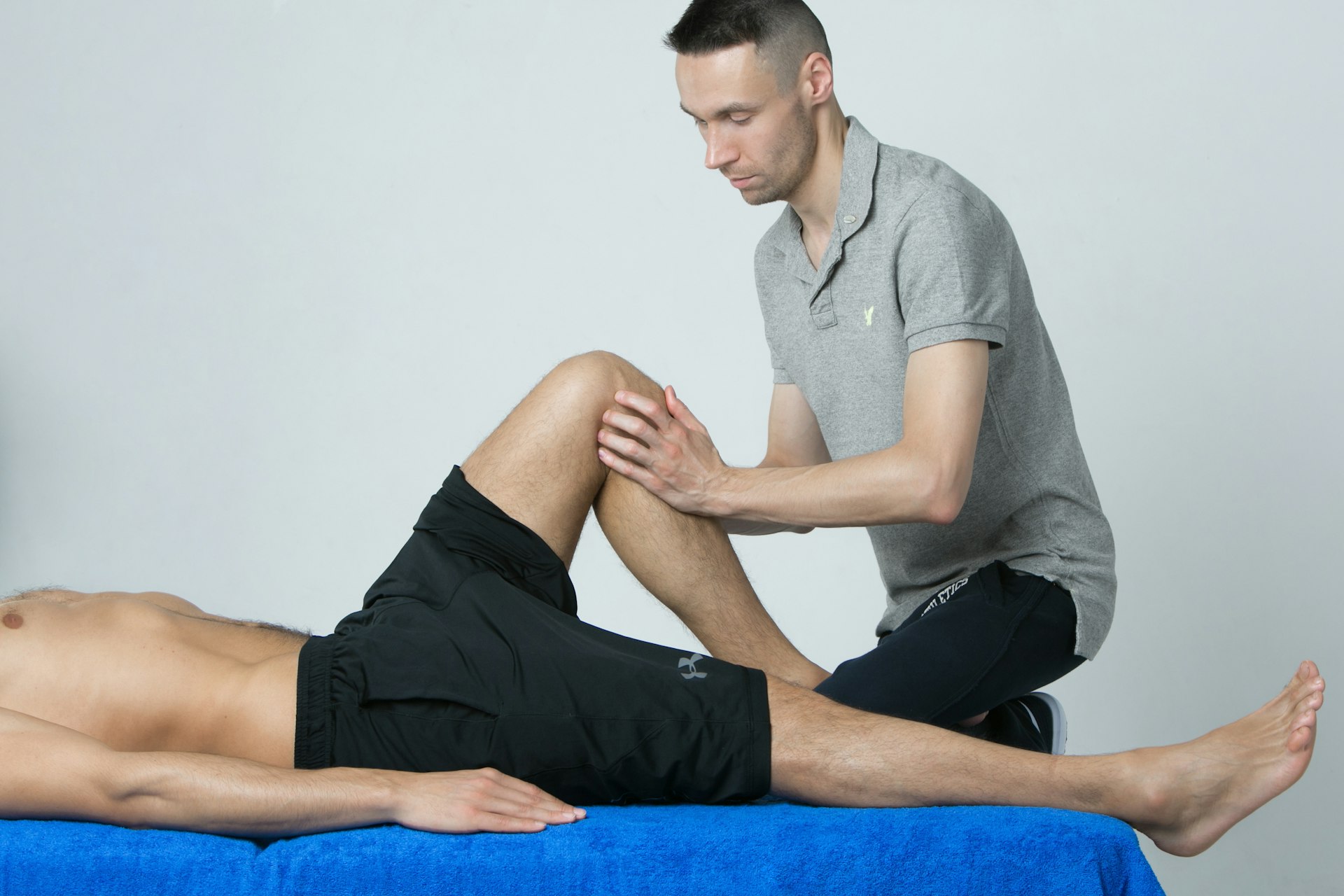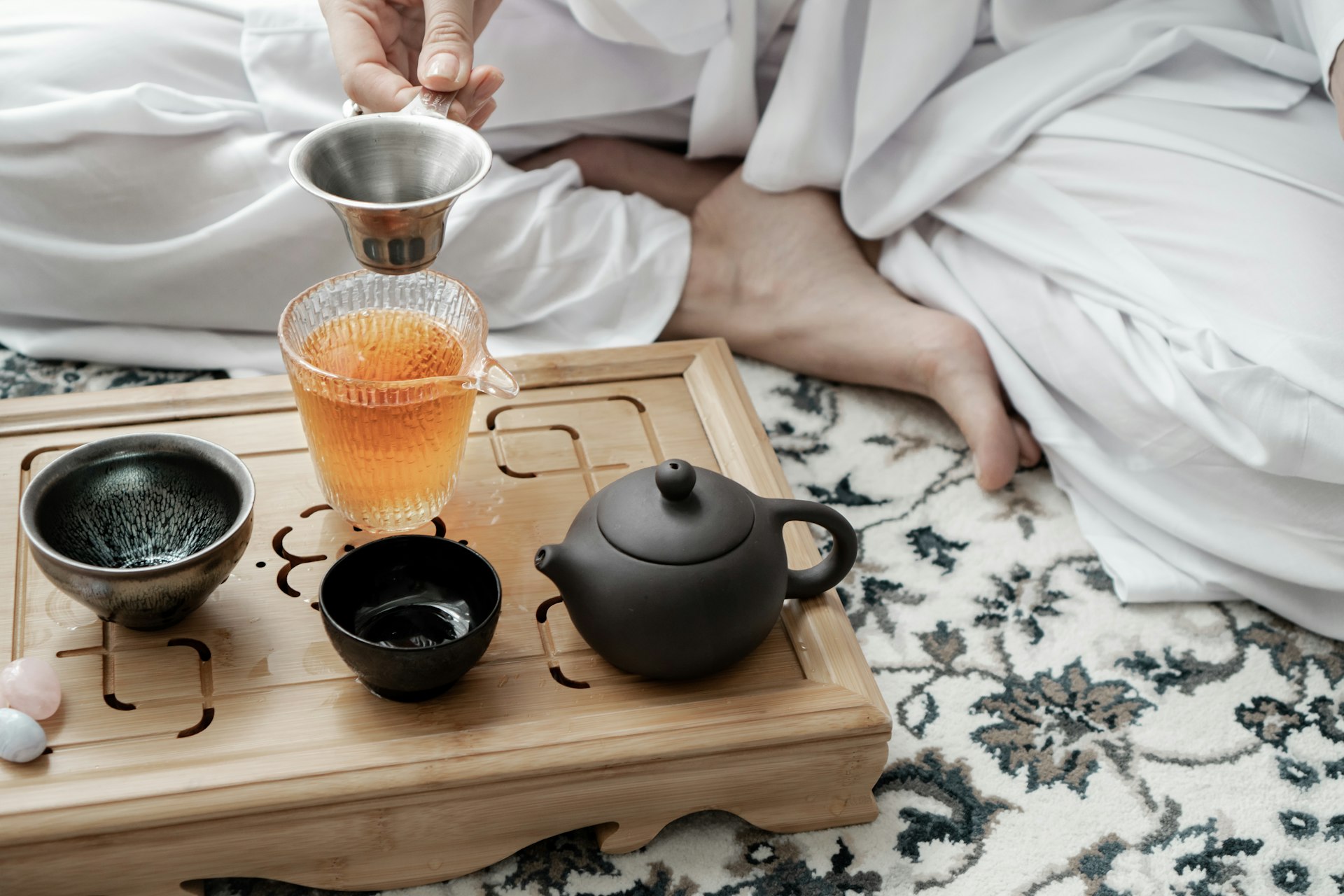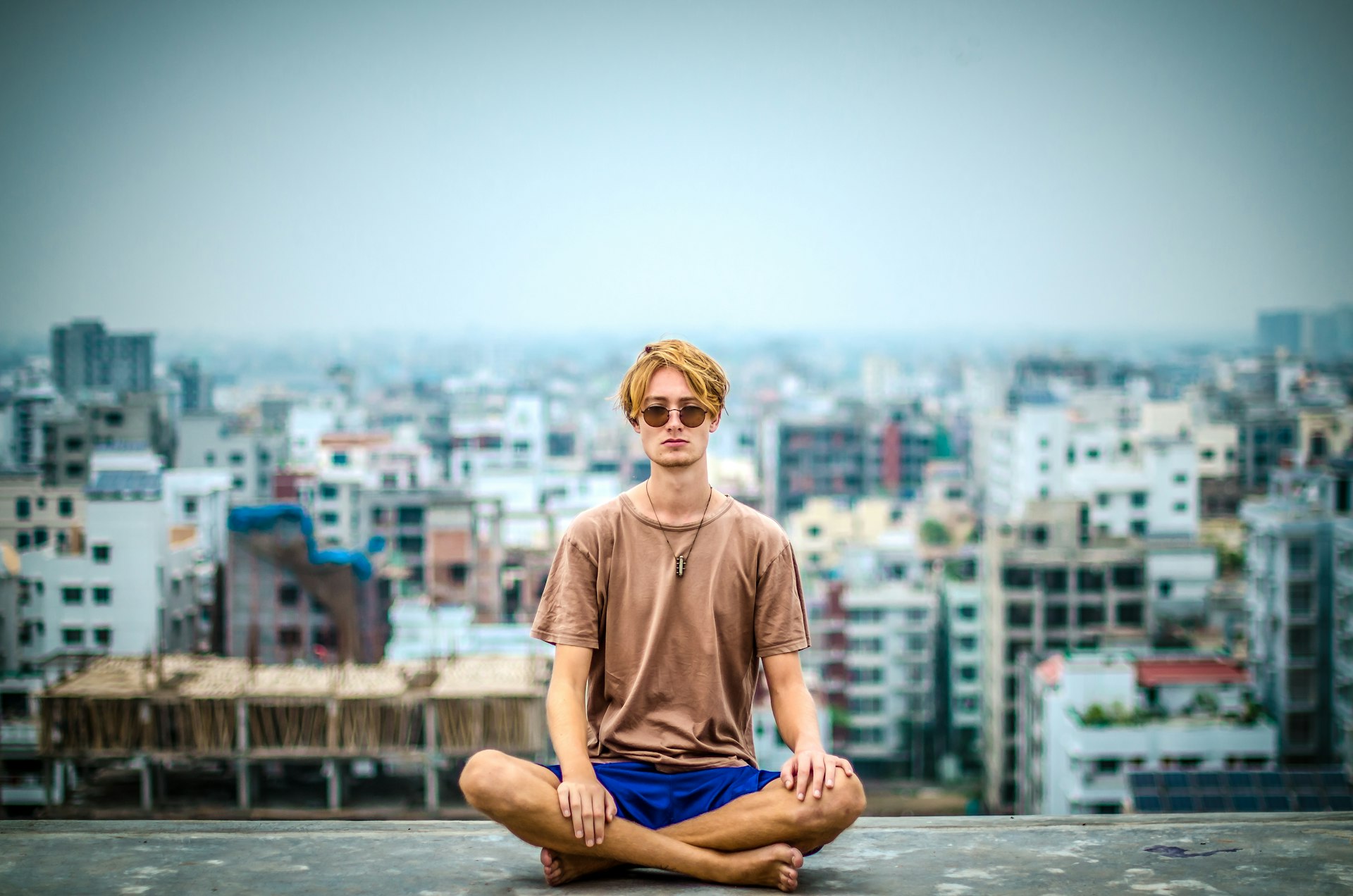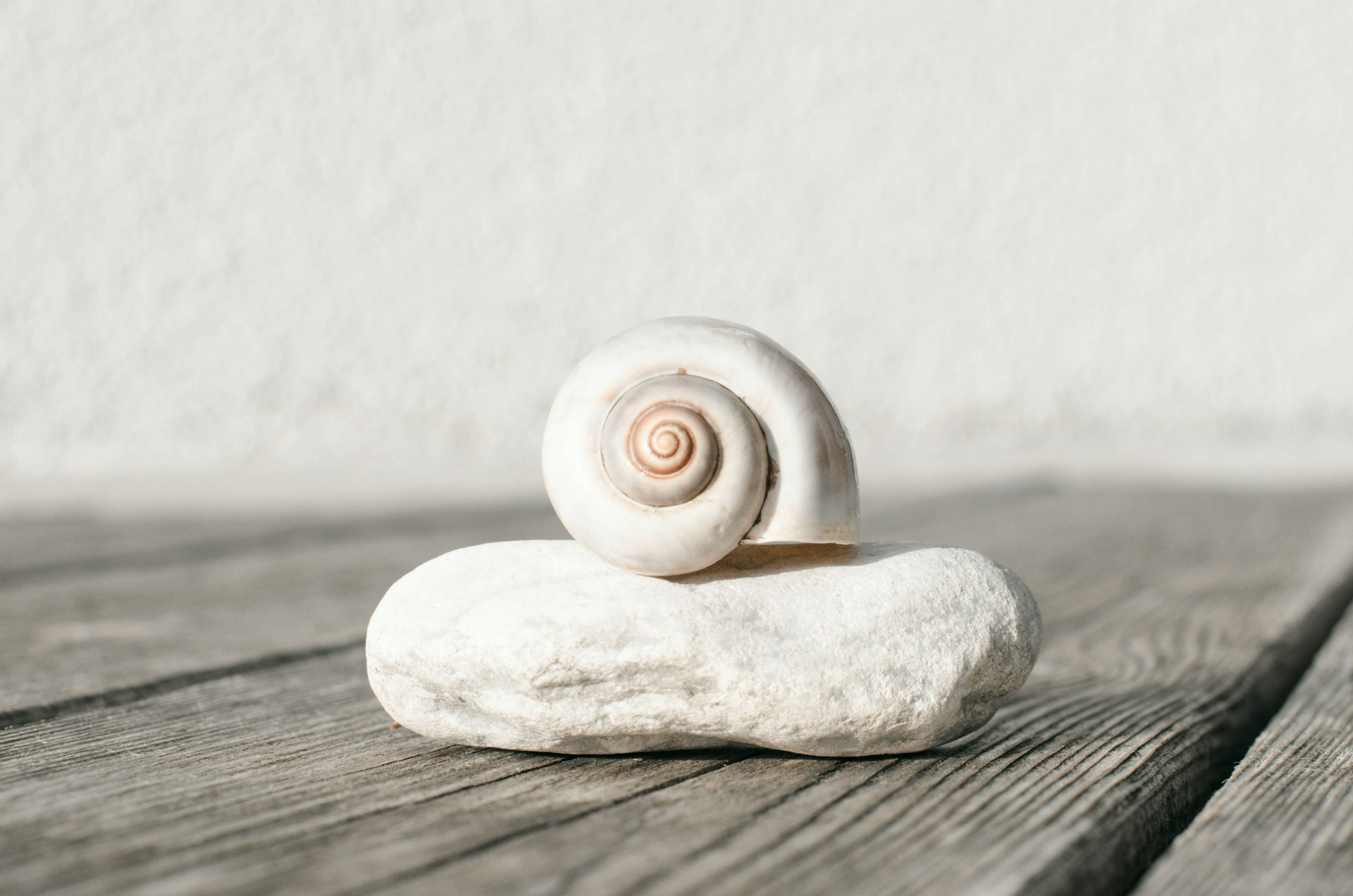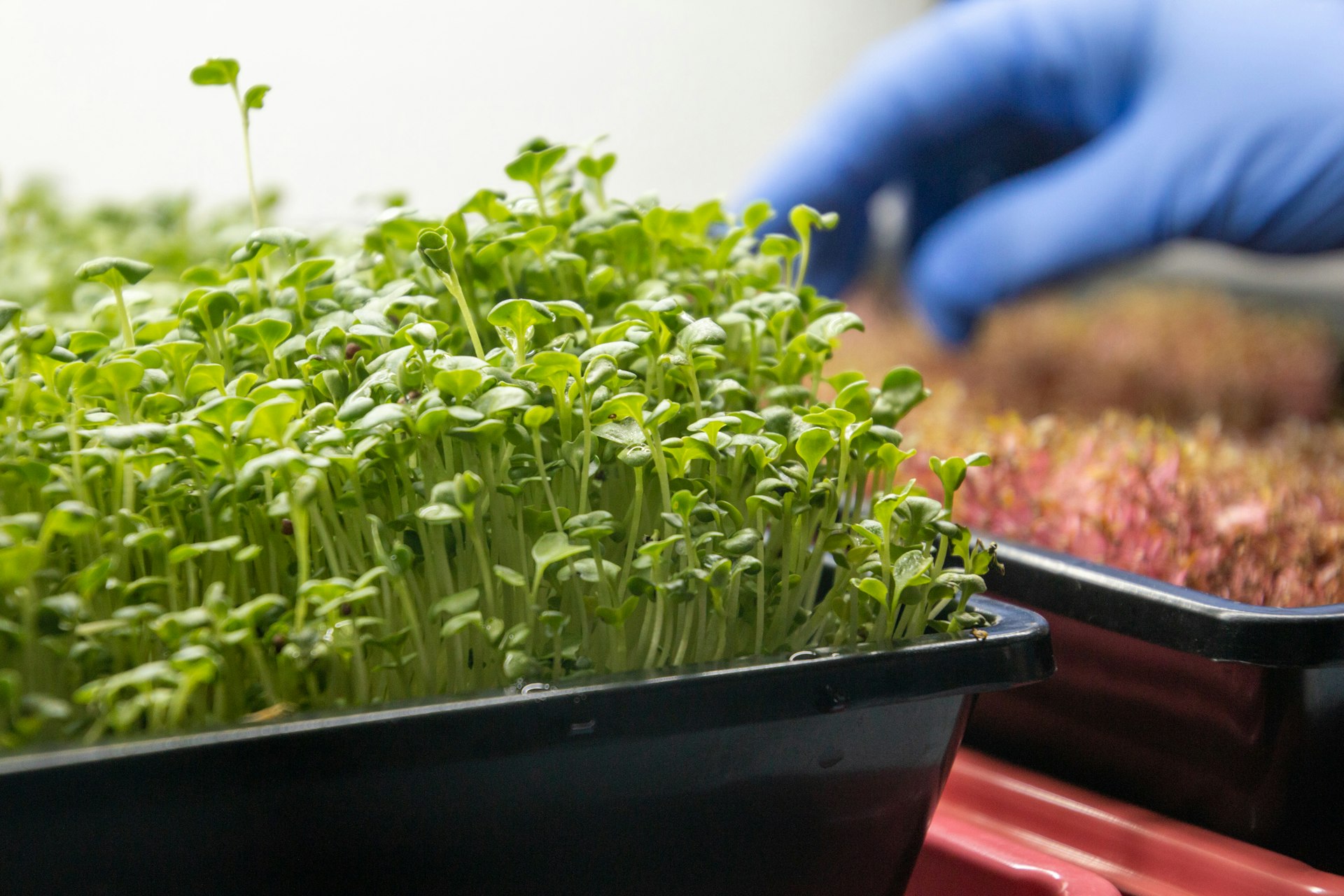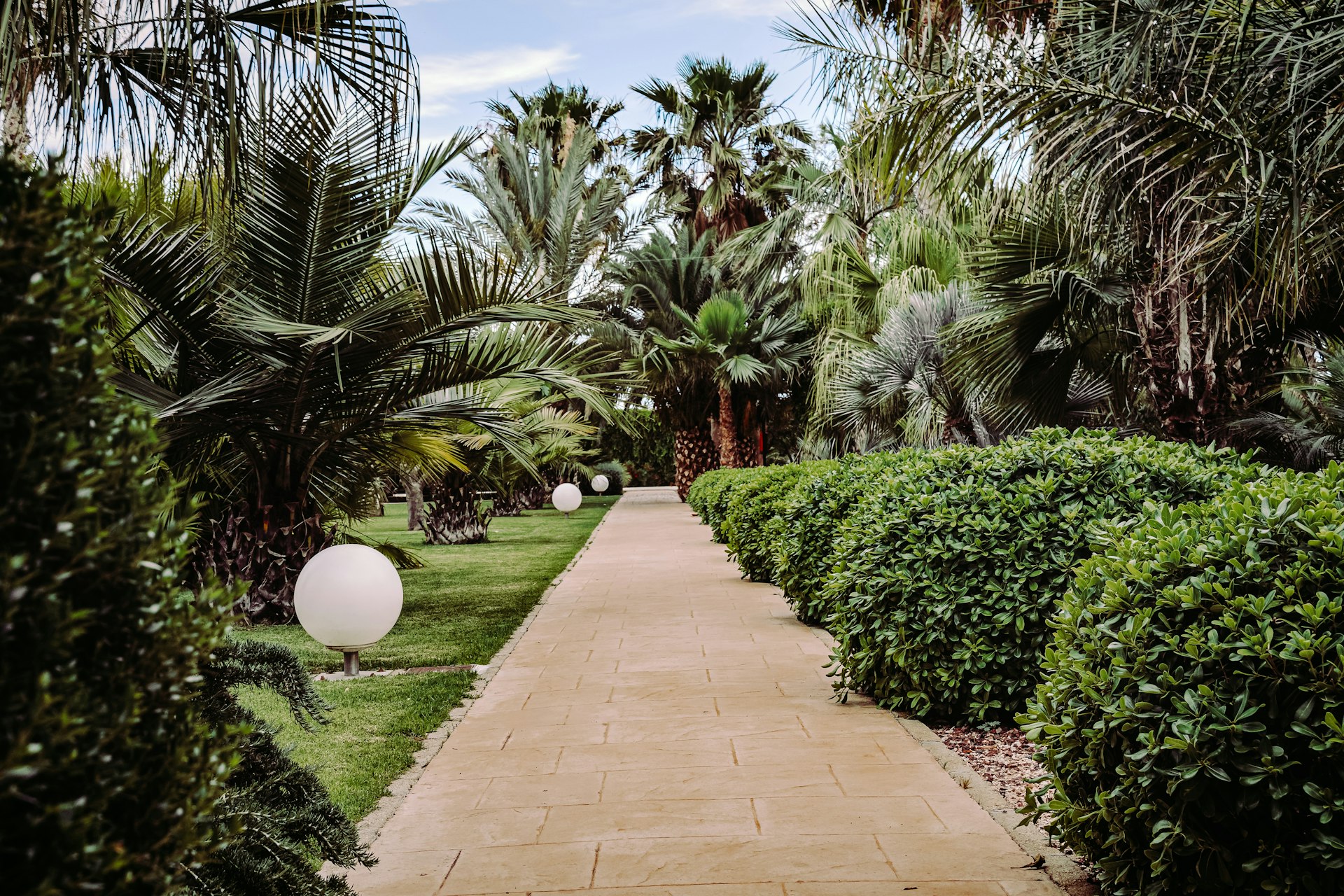Transform Your Life: Practical Strategies for Embracing Slow Living and Mindfulness

Photo by Nika Benedictova on Unsplash
Introduction: The Power of Slowing Down
In a culture defined by speed, deadlines, and constant stimulation, many people find themselves overwhelmed and disconnected from the present moment. Adopting a slower, more mindful approach to daily life-often referred to as slow living -offers a proven pathway to reduced stress, greater joy, and enhanced well-being. This article explores the philosophy of slow living, the science-backed benefits of mindfulness practices, and provides step-by-step guidance to help you implement these transformative habits in your own life. [2]
Understanding Slow Living and Mindfulness
Slow living is a lifestyle choice that prioritizes intentionality, presence, and simplicity over the fast-paced, high-pressure habits that dominate modern society. At its core, slow living is about making conscious decisions, savoring experiences, and finding fulfillment in the present. [3] Mindfulness , closely intertwined with slow living, is the practice of paying deliberate, non-judgmental attention to the present moment. Mindfulness can be cultivated through formal meditation or integrated into everyday activities, such as eating, walking, or even working. [1]
Key Benefits of Slow Living and Mindfulness Practices
Scientific research and real-world experience have demonstrated a range of benefits for individuals who embrace these principles:
- Reduced stress and anxiety: Slowing down activates the body’s relaxation response, helping to lower cortisol levels and promote calm. [2]
- Improved mental clarity: Mindfulness and intentional living support better decision-making, enhanced focus, and increased creativity.
- Greater emotional resilience: By creating space for reflection and self-care, slow living fosters emotional stability and self-compassion. [1]
- Deeper connections: Mindful presence enhances relationships, allowing for more meaningful interactions with loved ones, colleagues, and the world at large. [2]
- Stronger connection to nature: Slow living often encourages more time outdoors, increasing feelings of connection and well-being. [2]
- Prevention of burnout: Regular rest, intentional breaks, and balanced routines help prevent exhaustion and chronic health problems. [3]
Implementing Slow Living: Step-by-Step Guidance
Transitioning to a slower, more mindful lifestyle doesn’t require drastic changes. Instead, it involves a series of intentional shifts in behavior and mindset. Here’s how you can get started:
1. Assess Your Current Pace
Begin by observing your daily routines. Are you always rushing from one task to the next? Do you find little time for rest or reflection? Take a week to journal your activities, noting moments of stress and satisfaction. This self-awareness is the foundation for change. [1]
2. Prioritize What Matters Most
Slow living is about aligning your actions with your core values and priorities. Make a list of the people, activities, and goals that are truly meaningful to you. Gradually reduce commitments that do not align with these priorities, freeing up time and energy for what matters. [2]
3. Create Mindful Routines
Incorporate mindfulness into daily activities. Practice mindful eating by savoring each bite, noticing flavors, textures, and sensations. Try mindful walking by paying attention to the rhythm of your steps and the world around you. Set aside a few minutes each day for breath awareness or guided meditation . Many meditation apps, such as Headspace or Calm, offer accessible beginner programs. You may also find guided practices through reputable health organizations or local wellness centers.
4. Embrace the Power of Saying No
One of the most practical aspects of slow living is learning to set boundaries. Politely decline invitations or commitments that would overload your schedule. Prioritize quality over quantity in your work, relationships, and leisure. [4]
5. Integrate Slow, Mindful Movement
Physical practices such as yoga and Tai Chi exemplify the principles of slow living. These activities combine gentle movement with mindful breathing, promoting relaxation and body awareness. Participating in local classes, online sessions, or instructional videos from reputable sources can help you develop a sustainable practice. [3]
6. Connect with Nature
Spending time in natural settings can enhance mindfulness and foster a sense of peace. Whether it’s a walk in a city park, gardening, or simply sitting outdoors, make nature a regular part of your routine. Research shows that mindfulness practiced outdoors increases positive emotions and connection to the environment. [2]
7. Foster Deeper Relationships
Slow living encourages more intentional, present interactions. Turn off digital distractions when spending time with others. Practice active listening, eye contact, and empathy. These habits build connection and satisfaction in personal and professional relationships. [1]
Overcoming Challenges
Adopting a slower, more mindful lifestyle often requires overcoming ingrained habits and external expectations. You may face resistance from others or struggle with guilt about doing “less.” It’s important to remind yourself that slow living is about quality, not quantity. Seek support from like-minded individuals, online communities, or local groups focused on mindfulness and intentional living. Gradual change is more sustainable than sudden overhauls.
Alternative Approaches and Additional Resources
Slow living looks different for everyone. Some people may integrate it by simplifying their work schedules or reducing digital consumption, while others focus on mindful parenting, sustainable consumption, or creative hobbies. If you’re interested in exploring further, consider reading books from reputable authors on mindfulness, attending workshops at local wellness centers, or searching for “mindfulness-based stress reduction” programs in your area. Trusted organizations, such as the Mindful.org website, offer articles and guided practices (link verified and accessible at time of writing).
Step-by-Step Summary for Getting Started
- Start observing and journaling your current routines to identify stressors and sources of satisfaction.
- Clarify your values and begin to prioritize activities that align with them.
- Introduce one new mindfulness practice each week, such as mindful eating, walking, or breath awareness.
- Set boundaries by saying no to unnecessary commitments.
- Engage in slow, mindful movement through yoga, stretching, or Tai Chi (seek out local classes or trusted online resources).
- Spend regular time in nature to deepen your sense of connection and calm.
- Practice present-moment engagement in your relationships and daily interactions.
- Regularly review your progress, celebrate small wins, and adjust your approach as needed.
Key Takeaways
Slow living and mindfulness practices offer a research-backed path to reduced stress, improved health, and deeper fulfillment. By making intentional choices, simplifying routines, and cultivating presence, you can transform your experience of daily life. Change is most effective when implemented gradually-start with small steps and build a lifestyle that aligns with your unique needs and values.

Photo by TONG KBP on Unsplash
References
- [1] XPAT Athens (2023). The Benefits of Slow Living: A Journey to Mindfulness & Inner Peace.
- [2] Dr. Axe (2023). Slow Living: What It Is, Benefits & How to Embrace a More Mindful Lifestyle.
- [3] Mas Paz Massage (2023). The Art of Slow Living: How Intentional Slowness Enhances Wellness.
- [4] Slow Living Summit (2023). What Is Slow Living: A Path to Mindfulness.
- [5] Mindful.org (2025). Mindfulness Resources and Practices.
MORE FROM hotondeals.com

